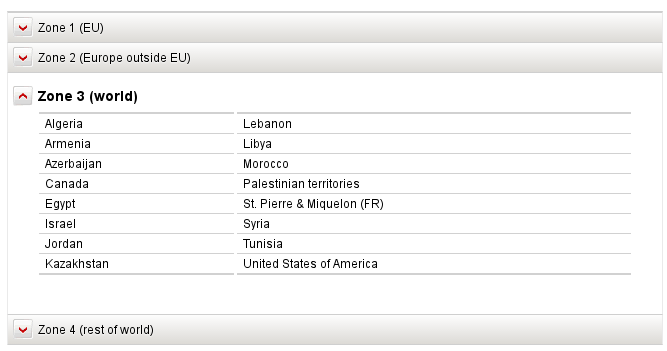In 2006 I first visited Taiwan. The reason back then was Sean Moss-Pultz contacting me about a new Linux and Free Software based Phone that he wanted to do at FIC in Taiwan. This later became the Neo1973 and the Openmoko project and finally became part of both Free Software as well as smartphone history.
Ten years later, it might be worth to share a bit of a retrospective.
It was about building a smartphone before Android or the iPhone existed or even were announced. It was about doing things "right" from a Free Software point of view, with FOSS requirements going all the way down to component selection of each part of the electrical design.
Of course it was quite crazy in many ways. First of all, it was a bunch of white, long-nosed western guys in Taiwan, starting a company around Linux and Free Software, at a time where that was not really well-perceived in the embedded and consumer electronics world yet.
It was also crazy in terms of the many cultural 'impedance mismatches', and I think at some point it might even be worth to write a book about the many stories we experienced. The biggest problem here is of course that I wouldn't want to expose any of the companies or people in the many instances something went wrong. So probably it will remain a secret to those present at the time :/
In any case, it was a great project and definitely one of the most exciting (albeit busy) times in my professional career so far. It was also great that I could involve many friends and FOSS-compatriots from other projects in Openmoko, such as Holger Freyther, Mickey Lauer, Stefan Schmidt, Daniel Willmann, Joachim Steiger, Werner Almesberger, Milosch Meriac and others. I am happy to still work on a daily basis with some of that group, while others have moved on to other areas.
I think we all had a lot of fun, learned a lot (not only about Taiwan), and were working really hard to get the hardware and software into shape. However, the constantly growing scope, the [for western terms] quite unclear and constantly changing funding/budget situation and the many changes in direction have ultimately lead to missing the market opportunity. At the time the iPhone and later Android entered the market, it was too late for a small crazy Taiwanese group of FOSS-enthusiastic hackers to still have a major impact on the landscape of Smartphones. We tried our best, but in the end, after a lot of hype and publicity, it never was a commercial success.
What's more sad to me than the lack of commercial success is also the lack of successful free software that resulted. Sure, there were some u-boot and linux kernel drivers that got merged mainline, but none of the three generations of UI stacks (GTK, Qt or EFL based), nor the GSM Modem abstraction gsmd/libgsmd nor middleware (freesmartphone.org) has manage to survive the end of the Openmoko company, despite having deserved to survive.
Probably the most important part that survived Openmoko was the pioneering spirit of building free software based phones. This spirit has inspired pure volunteer based projects like GTA04/Openphoenux/Tinkerphone, who have achieved extraordinary results - but who are in a very small niche.
What does this mean in practise? We're stuck with a smartphone world in which we can hardly escape any vendor lock-in. It's virtually impossible in the non-free-software iPhone world, and it's difficult in the Android world. In 2016, we have more Linux based smartphones than ever - yet we have less freedom on them than ever before. Why?
- the amount of hardware documentation on the processors and chipsets to day is typically less than 10 years ago. Back then, you could still get the full manual for the S3C2410/S3C2440/S3C6410 SoCs. Today, this is not possible for the application processors of any vendor
- the tighter integration of application processor and baseband processor means that it is no longer possible on most phone designs to have the 'non-free baseband + free application processor' approach that we had at Openmoko. It might still be possible if you designed your own hardware, but it's impossible with any actually existing hardware in the market.
- Google blurring the line between FOSS and proprietary code in the Android OS. Yes, there's AOSP - but how many features are lacking? And on how many real-world phones can you install it? Particularly with the Google Nexus line being EOL'd? One of the popular exceptions is probably Fairphone2 with it's alternative AOSP operating system, even though that's not the default of what they ship.
- The many binary-only drivers / blobs, from the graphics stack to wifi to the cellular modem drivers. It's a nightmare and really scary if you look at all of that, e.g. at the binary blob downloads for Fairphone2 to get an idea about all the binary-only blobs on a relatively current Qualcomm SoC based design. That's compressed 70 Megabytes, probably as large as all of the software we had on the Openmoko devices back then...
So yes, the smartphone world is much more restricted, locked-down and proprietary than it was back in the Openmoko days. If we had been more successful then, that world might be quite different today. It was a lost opportunity to make the world embrace more freedom in terms of software and hardware. Without single-vendor lock-in and proprietary obstacles everywhere.











